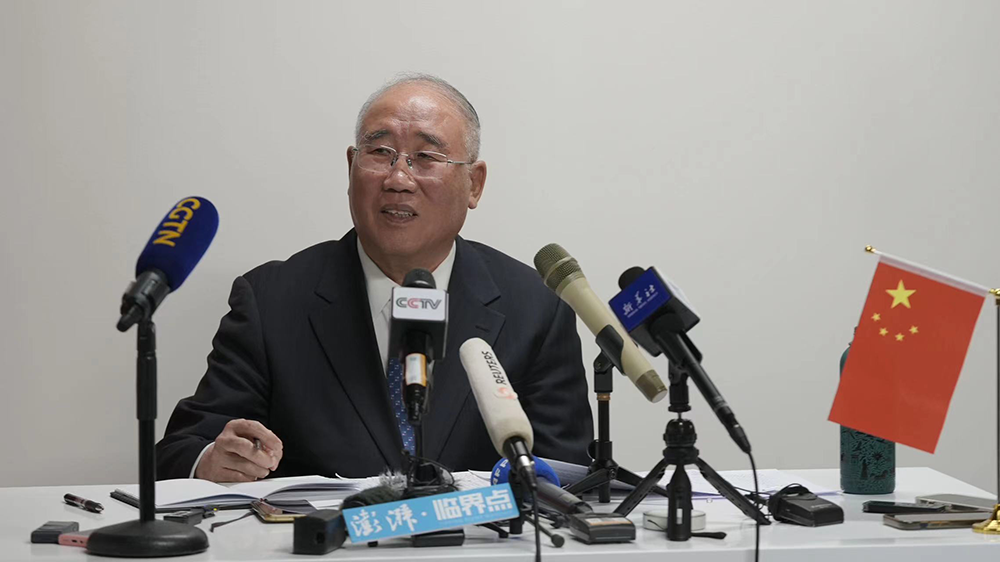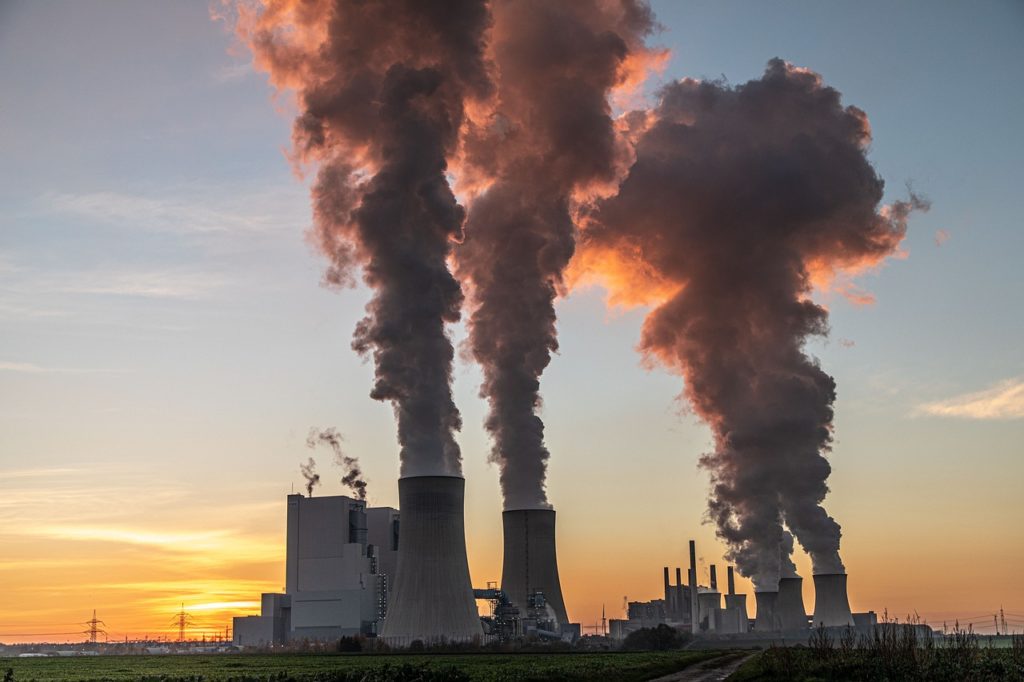Carbon emission trading urgently needs legislative regulation to promote a healthier market
Wang Peng, Researcher at Guangzhou Institute of Energy Conversion, Chinese Academy of Sciences
Clarifying the rights and responsibilities in the form of laws will make the carbon market more binding and carbon trading more formalized. In the past, I have learned that some moribund companies with high carbon emissions delayed their market exit because they could sell carbon allowances to make profits, which affected the fairness of trading. This calls for more meticulous supervision of carbon emission trading and the establishment of regulations to provide a reasonable management system to maintain scientific, standardized and orderly carbon emission trading.
Currently in China’s carbon market, a significant number of participants, including large emitters, lack a deep understanding of the rules. Many participating companies are motivated by financial gain, much like retail investors in the stock market. However, carbon allowances are more of a responsibility. Providing education and training for companies involved in the carbon market is helpful for robust and effective trading.

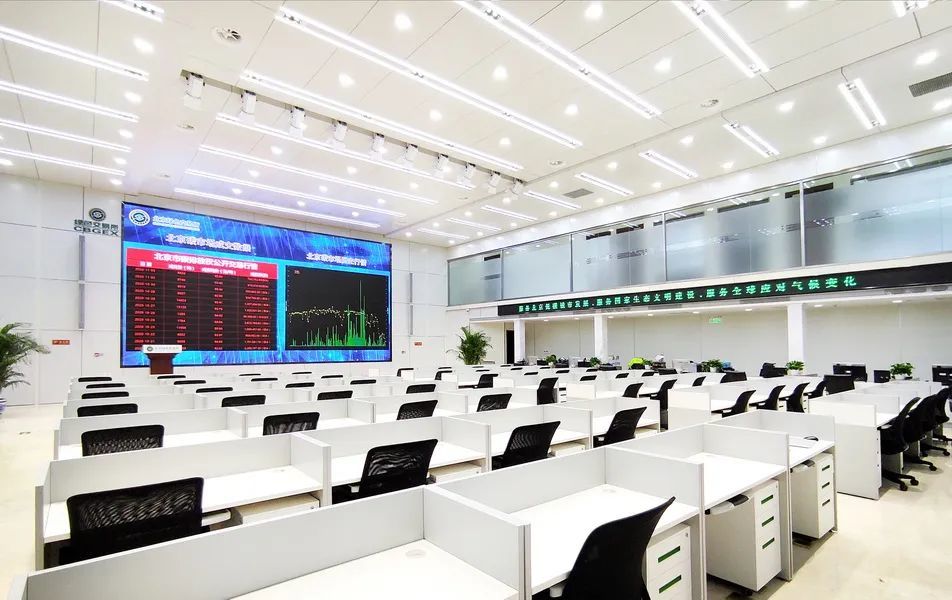
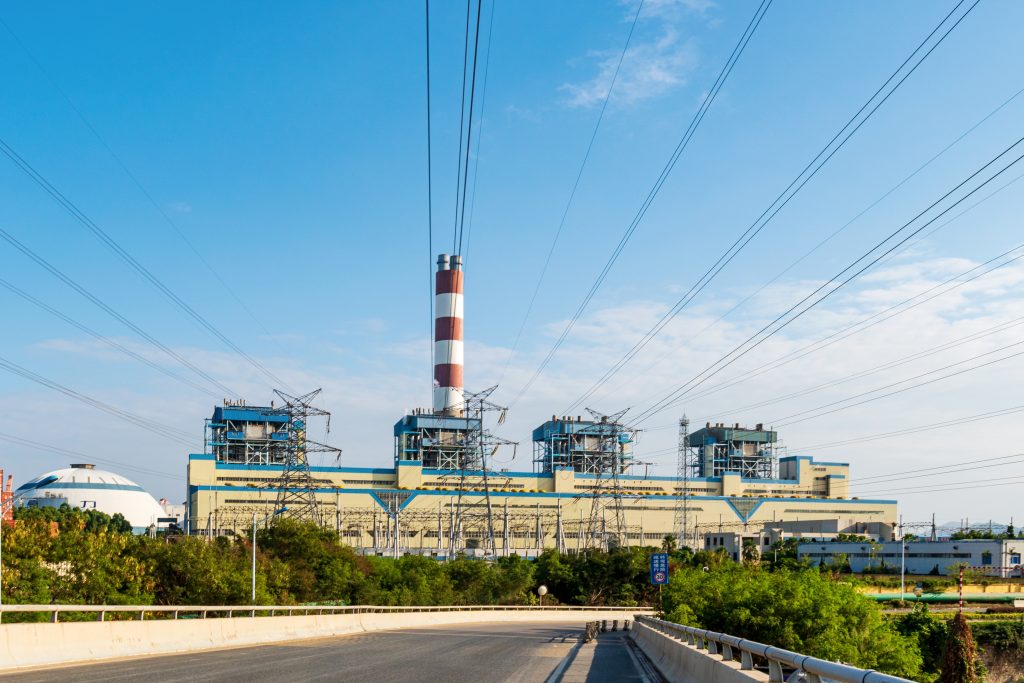
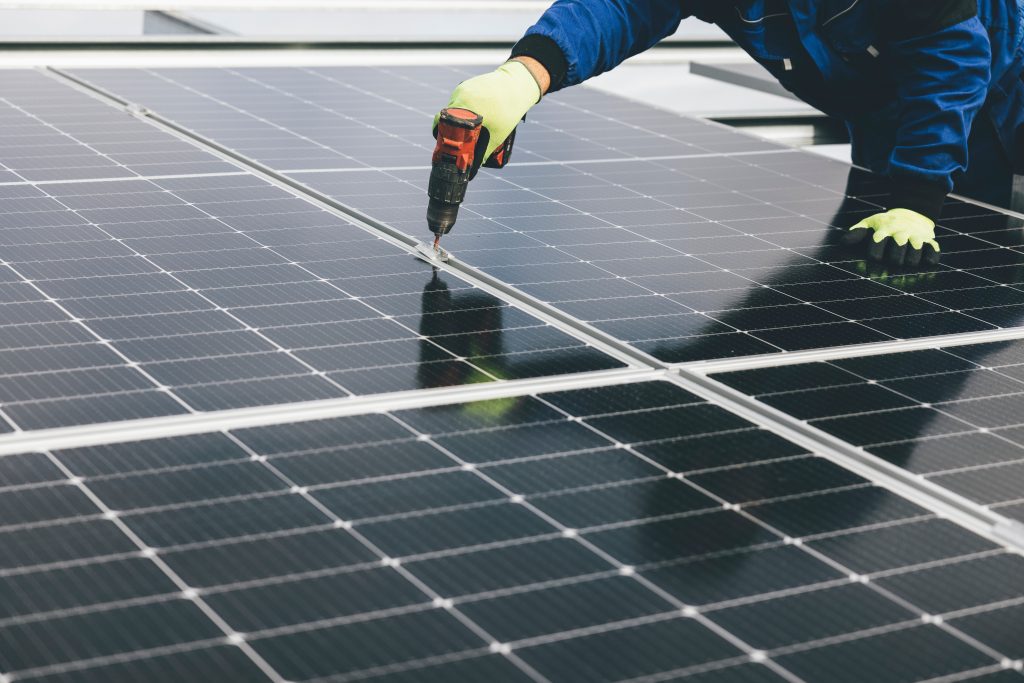

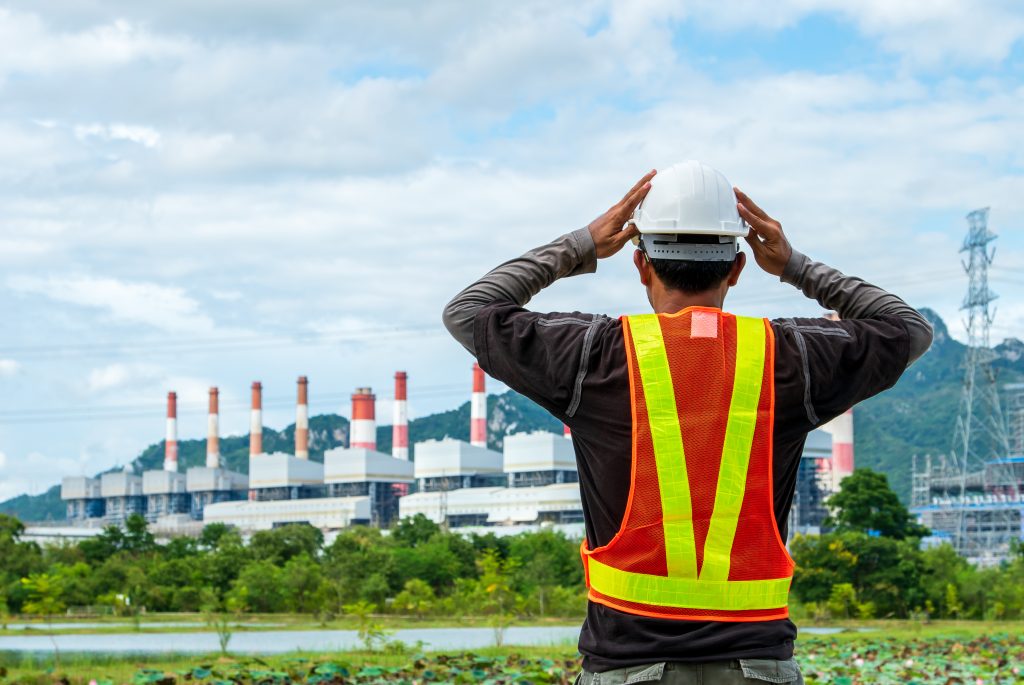
-1024x683.jpg)


